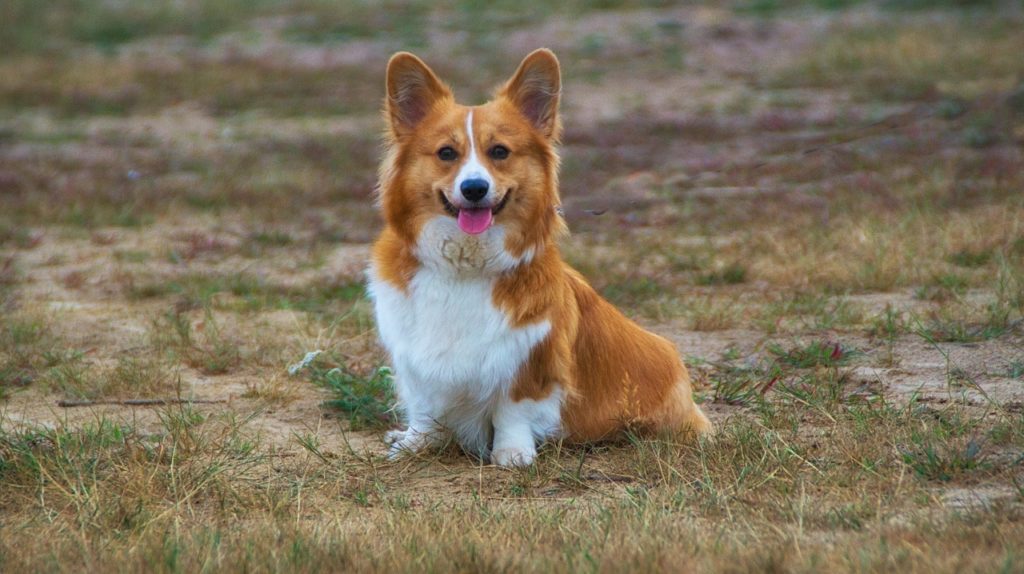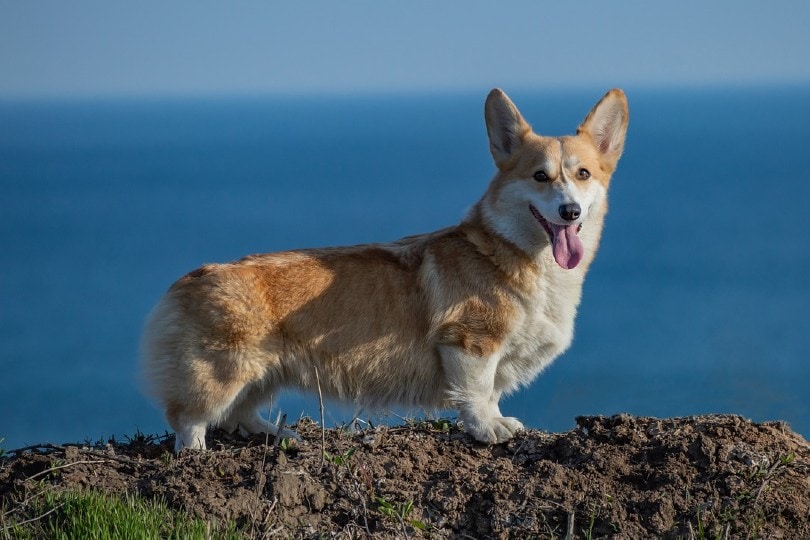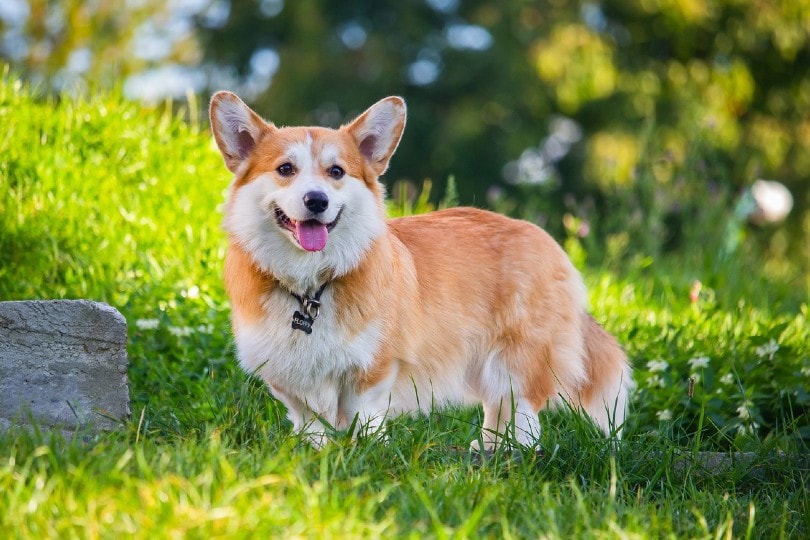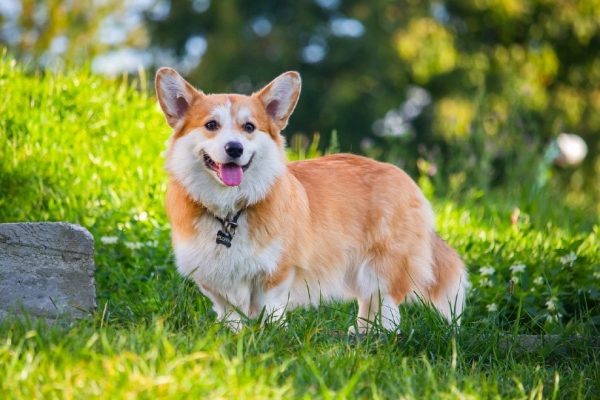Click to Skip Ahead
Corgis are easily recognizable by their long bodies, short legs, and charming faces. These adorable dogs may look a little unusual, but they are loving and make great additions to households that can meet their needs.
But what exactly are those needs? They stem back to what the Corgi was originally bred to do. There are two Corgi breeds: Pembroke and Cardigan Welsh Corgis. Both were bred to herd livestock.
There is also folklore woven into the tales of their origin. In this article, we look at the original purpose of Corgis, how they came to be, their fabled origin story, and what they do today.
How the Corgi Originated
While much of their history is laced with fairy tales and mystery, it’s believed that the Corgi originated during the 9th or 10th century. Scandinavian raiders brought their dogs with them to the British Isles. There, it’s believed that the Swedish Vallhund, which resembles the Corgis that we know today, bred with native Welsh dogs, and the Corgi was born. Their name is a combination of the Welsh words “cor” (dwarf) and “gi” (dog).
Some of these dogs displayed a herding instinct. The breed was then developed further through selective breeding to create strong herding dogs. They were used to herd cattle, sheep, and horses. Since Corgis are so low to the ground, they had less of a risk of getting hurt by cattle kicks. They could also easily nip at the legs of the livestock to get them to move.

Pembroke vs. Cardigan Corgis
From 1925 to 1934, Corgis were not separated into two breeds. However, this caused a great deal of confusion at dog shows and led to controversy. In 1934, the English Kennel Club recognized the two separate breeds.
The way to tell the breeds apart is mainly by their tails. Pembroke Corgis have tails that are docked when they’re born. This harkens back to their days as herders. The tail could get stepped on and injured during herding. But Cardigan Corgis have bushy tails, and their bodies are slightly larger than those of Pembrokes. Cardigan Corgis can be black, tan, brindle, sable, or merle. Pembroke Corgis are red, sable, or tricolor with white markings.
Folklore Origin of the Corgi
According to a Welsh legend, Corgis are enchanted dogs. The legend claims that two human children were presented with two Pembroke Corgis as gifts from the fairies.
The reason for this is debated. Some claim that the Corgis were given to the children to help the humans with their herding needs after the fairies that originally owned the dog passed away in battle. Another version of the story states that the children got lost, and the fairies gave them the dogs to guide them home. Corgis were generally believed to be working dogs for fairies in Welsh folklore. They pulled carriages and carts for them and aided them in battles against other fairy tribes.
Yet another version of the story states that the children stumbled upon two Corgi puppies one day and thought that they were foxes. They brought them home, and their parents noticed that they were not foxes, but fairy dogs.

Corgi Purposes
Quick, agile, and sturdy, Corgis were used for multiple purposes as working dogs. While Corgis mainly herded livestock, they were also put to work on farms. They pulled carts and wagons, guarded the land, and served as faithful companions. They are instinctually good herders, so this is not something that has to be taught to them.
Corgis Today
Corgis are bred primarily for companionship today. They require a great deal of exercise and physical activity every day due to their desire and instinct to herd. Bred to be working dogs, they are still instinctually active and energetic. They need 1–1.5 hours of exercise each day to stay happy and healthy.
As family pets, Corgis are lively, entertaining, and loyal. They make good guard dogs, alerting you to any new development around the home. They get along well with children, but their herding instincts can make them herd the kids, as well as adults and other pets in the home.
If you can provide the daily exercise that they need to keep from growing bored, they make wonderful additions to families.
They may not be suitable for homes with infants, though, because they tend to bark frequently and loudly. Their duty as a protector is never forgotten.
Final Thoughts
Corgis were originally bred to be working dogs, primarily herding livestock. They also have a history rooted in folklore as enchanted dogs given to human children by fairies. No matter which version of their origin you believe, they make affectionate companions today as family dogs, though their herding instincts are still strong. If you can meet their needs for daily physical activity, a Corgi will be a welcome addition to your home.
Related article:
- Corgi Golden Retriever Mix Dog Breed Info, Pics, Temperament & Traits
- Male vs Female Corgis: What’s The Difference (With Pictures)
Featured Image Credit: MolnarSzabolcsErdely, Pixabay











